Tortoises make exceptional companions for those seeking pets with impressive longevity and distinct personalities. Unlike many conventional pets, these remarkable reptiles can accompany their owners for decades—sometimes even outliving them. Their deliberate movements, fascinating behaviors, and relatively straightforward care requirements have made them increasingly popular among dedicated pet enthusiasts. Whether you live in an apartment or a house with a yard, there’s likely a tortoise species that could fit well with your lifestyle. This article explores ten tortoise breeds renowned for their suitability as long-term companions, highlighting their unique characteristics, care requirements, and the special considerations needed when welcoming these shelled friends into your home.
Russian Tortoise (Testudo horsfieldii)
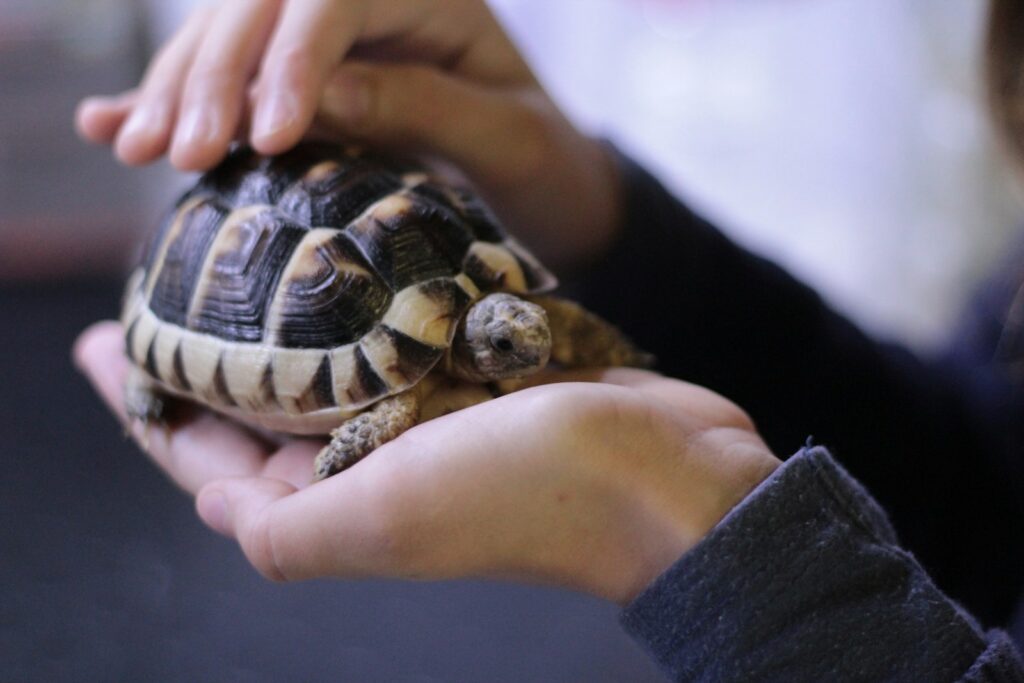
Russian tortoises, also known as Horsfield’s tortoises, are among the most popular pet tortoises due to their manageable size and adaptability. Rarely exceeding 8-10 inches in length, these compact reptiles are perfect for keepers with limited space while still offering the longevity characteristic of tortoises—often living 50-75 years with proper care. Native to arid regions of Central Asia, they’ve evolved to thrive in relatively dry conditions, making them less humidity-dependent than many tropical species. Russian tortoises are known for their active, curious personalities and surprising climbing abilities, often becoming quite personable with their caretakers over time.
Hermann’s Tortoise (Testudo hermanni)
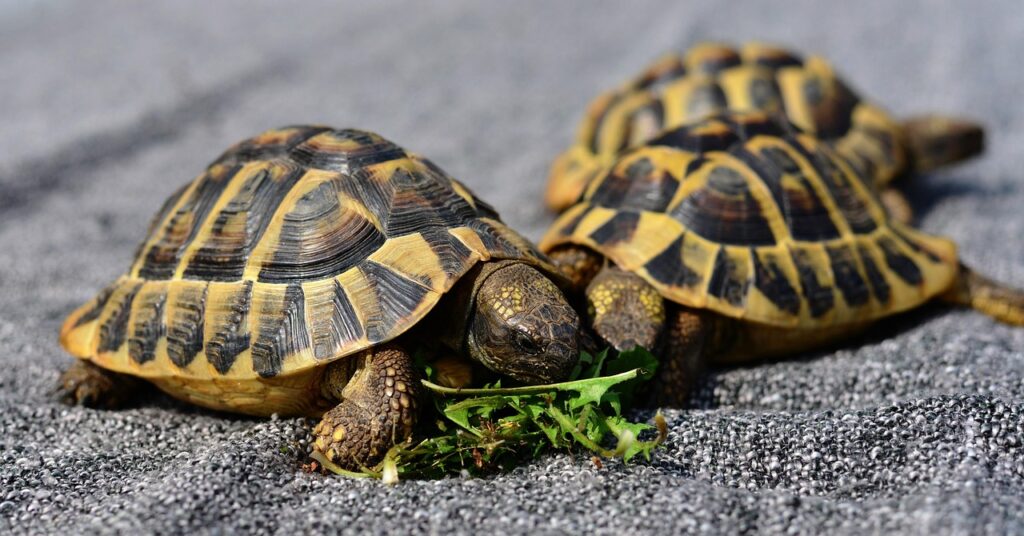
Hermann’s tortoises have captivated European tortoise enthusiasts for generations with their attractive appearance and relatively straightforward care requirements. Identifiable by their distinctive yellow-and-black shell patterns and the characteristic horn-like projection at the tip of their tail, these Mediterranean natives typically reach 7-11 inches in length.
They thrive in outdoor enclosures where they can experience natural sunlight and temperature variations, though they require protection during extreme weather. Hermann’s tortoises are primarily herbivorous, enjoying a diet rich in leafy greens, weeds, and flowers, which contributes to their 50-90 year lifespan. Their alert, active nature makes them engaging pets that will often recognize their caretakers and approach them for food or interaction.
Greek Tortoise (Testudo graeca)
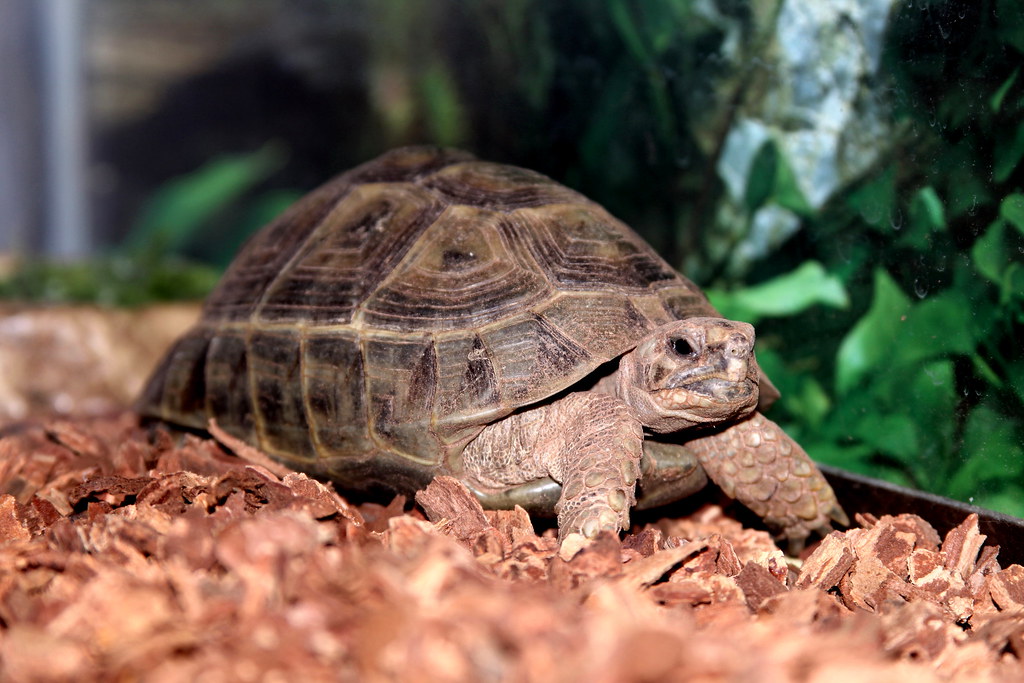
Greek tortoises stand out for their remarkable variability in appearance, with numerous subspecies displaying different shell patterns and colorations. These adaptable tortoises, also called Mediterranean spur-thighed tortoises, typically reach 5-8 inches for males and 7-10 inches for females, making them appropriate for keepers without extensive space. Their natural habitat ranges from Southern Europe to North Africa and the Middle East, resulting in populations that have adapted to various climates and environmental conditions.
Greek tortoises are known for their hardy constitution and can live 75-100 years when provided with appropriate diet, temperature gradients, and UVB lighting. Their engaging personalities develop over time, with many specimens recognizing their caretakers and developing individual behavioral traits that endear them to their owners.
Leopard Tortoise (Stigmochelys pardalis)
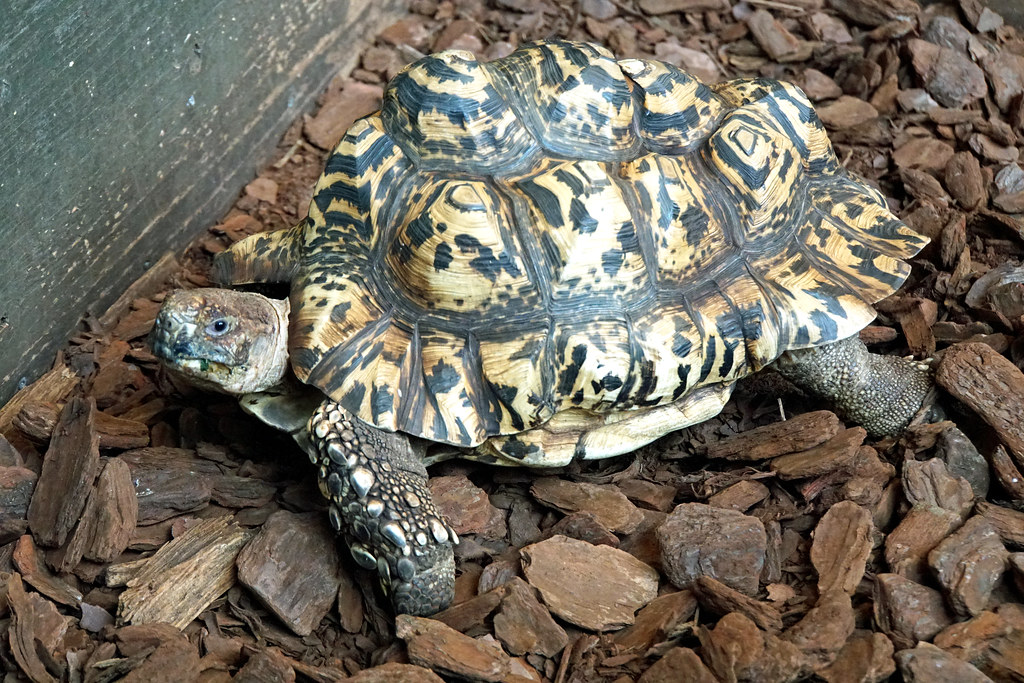
The leopard tortoise earns its name from the striking spotted pattern adorning its dome-shaped shell, creating one of the most visually impressive tortoise species available to pet keepers. Native to eastern and southern Africa, these tortoises are considerably larger than Mediterranean species, with adults potentially reaching 18 inches in length and weighing up to 40 pounds, though captive specimens often remain smaller.
Unlike many tortoise species, leopard tortoises don’t dig extensive burrows, but they do require substantial space to roam and explore their environment. With proper care including a varied diet of grasses, weeds, and select vegetables, these magnificent reptiles can live 50-100 years, making them true lifetime companions. Their generally calm demeanor and tolerance for careful handling make them suitable for experienced keepers willing to commit to their specialized needs.
Red-Footed Tortoise (Chelonoidis carbonarius)

Red-footed tortoises bring a tropical flair to the tortoise-keeping hobby with their distinctive coloration featuring red or orange scales on their limbs and head contrasting against their dark carapace. Native to South America and parts of the Caribbean, these tortoises require higher humidity levels than Mediterranean species, typically 60-80% in their enclosures to prevent dehydration and shell problems.
Red-footed tortoises are more omnivorous than many other species, accepting some protein in their diet alongside the plant matter that comprises the bulk of their nutrition. Growing to 10-14 inches and living 50+ years, these intelligent tortoises often develop strong food associations with their keepers, approaching whenever they hear familiar sounds that might signal mealtime. Their curious, food-motivated nature makes them particularly interactive pets for those prepared to meet their specialized care requirements.
Yellow-Footed Tortoise (Chelonoidis denticulatus)
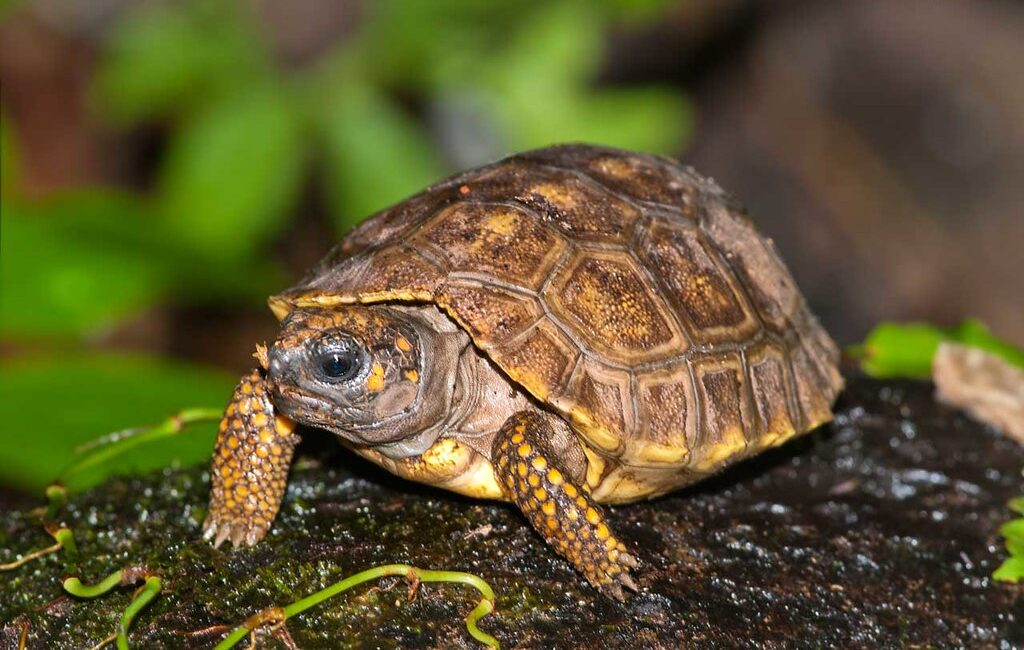
Yellow-footed tortoises closely resemble their red-footed cousins but can be distinguished by their larger size and the yellow or orangish scales on their limbs rather than the bright red of their relatives. These impressive South American natives can reach 16-18 inches in length and weigh up to 35 pounds, requiring substantially more space than many other pet tortoise species. Like red-footed tortoises, they need elevated humidity levels and temperatures that reflect their tropical origins, including access to both warm basking areas and cooler retreats.
Yellow-footed tortoises have complex dietary needs, consuming various plants, fruits in moderation, and occasional animal protein, which helps support their potential 50-90 year lifespan. Their intelligent, observant nature means they often recognize their caretakers and may approach for interaction, especially when food is involved.
Indian Star Tortoise (Geochelone elegans)
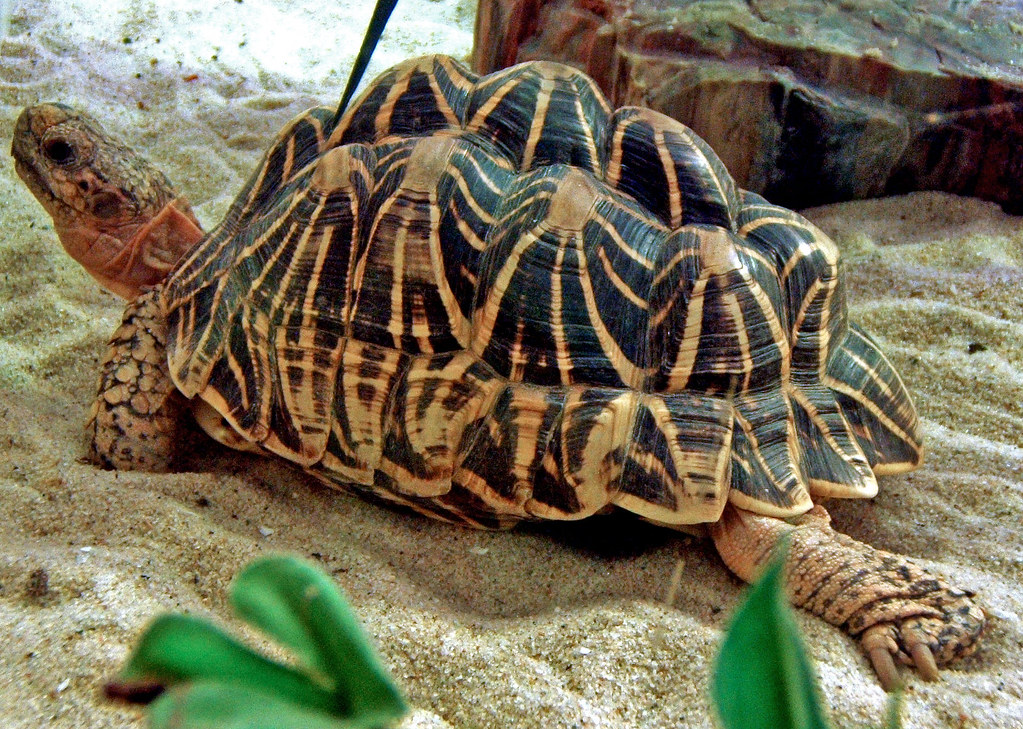
The Indian star tortoise possesses one of the most geometrically striking shell patterns in the reptile world, featuring radiating yellow lines against a dark background that form star-like patterns on each scute. This stunning species remains relatively small, with females reaching 7-10 inches and males staying even smaller at 4-6 inches, making them suitable for indoor-outdoor housing setups depending on climate. Native to arid regions of India, Pakistan, and Sri Lanka, they require moderately warm temperatures and access to both sun and shade when housed outdoors.
Indian star tortoises are strict herbivores that thrive on a diet of grasses, weeds, and leafy greens, which contributes to their potential 30-80 year lifespan. Their distinctive appearance combined with their manageable size has made them highly sought-after, though potential owners should ensure they’re acquiring legally bred specimens due to conservation concerns.
Sulcata Tortoise (Centrochelys sulcata)
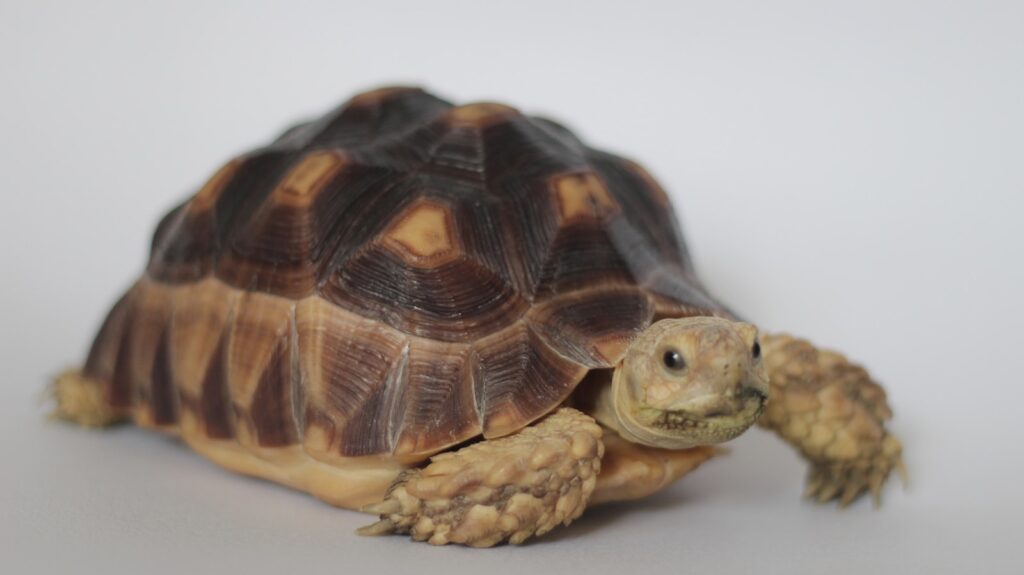
The Sulcata or African spurred tortoise holds the distinction of being the third-largest tortoise species in the world and the largest mainland tortoise, potentially reaching 100-150 pounds and 24-30 inches in length. This massive growth potential represents both their appeal and the greatest challenge they present to keepers, as few people are prepared for a tortoise the size of a coffee table that can easily rearrange furniture or damage drywall.
Native to the southern edge of the Sahara Desert, Sulcatas are adapted to arid conditions and are prodigious burrowers, potentially excavating tunnels 10 feet long or more if given the opportunity. With lifespans potentially exceeding 100 years, these tortoises truly represent a multi-generational commitment, often necessitating estate planning to ensure their continued care. Despite these challenges, their gentle temperament and impressive size make them fascinating companions for those with the space and resources to accommodate them properly.
Marginated Tortoise (Testudo marginata)

The marginated tortoise stands out as the largest European tortoise species, recognizable by the distinctive flared rear edge of its carapace that creates an almost skirt-like appearance. Native to Greece and parts of the Balkans, these impressive tortoises typically reach 12-14 inches for males and 10-12 inches for females, requiring more space than their smaller Mediterranean relatives. Marginated tortoises are well-adapted to the Mediterranean climate, thriving in environments with hot, dry summers and cool, moist winters, ideally in outdoor enclosures that allow for natural brumation cycles. Their herbivorous diet consists primarily of fibrous grasses, weeds, and leafy vegetables, supporting their potential 50-100 year lifespan. Though somewhat less common in the pet trade than Russian or Hermann’s tortoises, their striking appearance and generally calm demeanor make them excellent companions for experienced keepers.
Eastern Box Turtle (Terrapene carolina carolina)
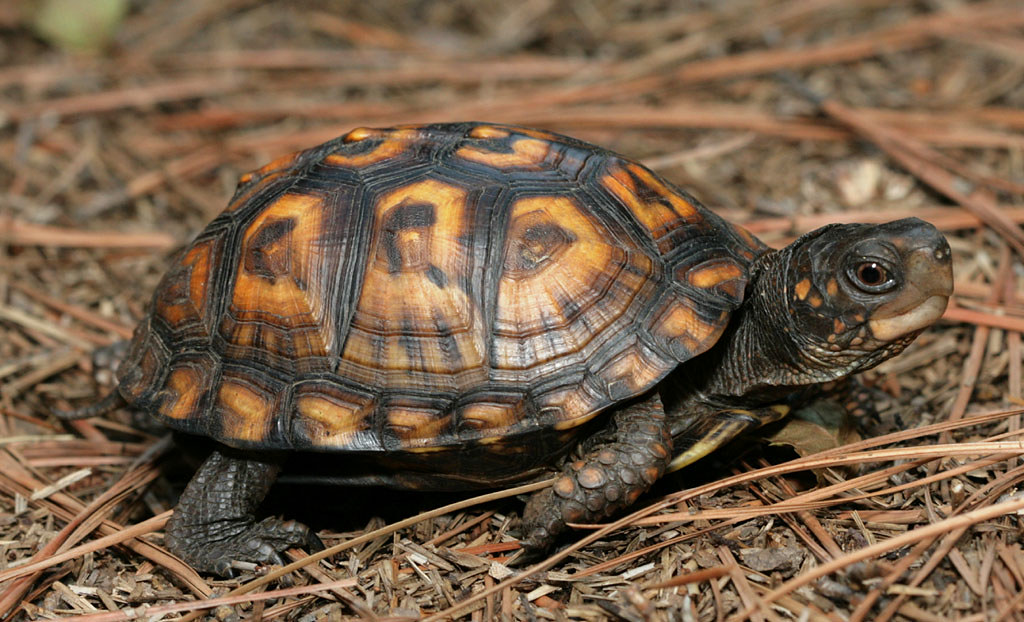
While technically not a tortoise but a terrestrial turtle, the Eastern box turtle earns its place on this list due to its tortoise-like lifestyle and popularity as a long-lived pet. These North American natives feature a distinctive hinged plastron (bottom shell) that allows them to completely close their shell for protection, a trait not found in true tortoises. Eastern box turtles are smaller than most pet tortoises, typically reaching just 4.5-6 inches in length, making them suitable for modest enclosures that replicate their woodland habitat with plenty of leaf litter, hiding spots, and moderate humidity.
Unlike most tortoises, box turtles are omnivores that require a varied diet including vegetables, fruits, earthworms, and occasional lean protein sources. With proper care addressing their specific needs, Eastern box turtles can live 50+ years, forming lasting bonds with their keepers while requiring less space than many true tortoise species.
Cherry Head Red-Footed Tortoise (Chelonoidis carbonarius)
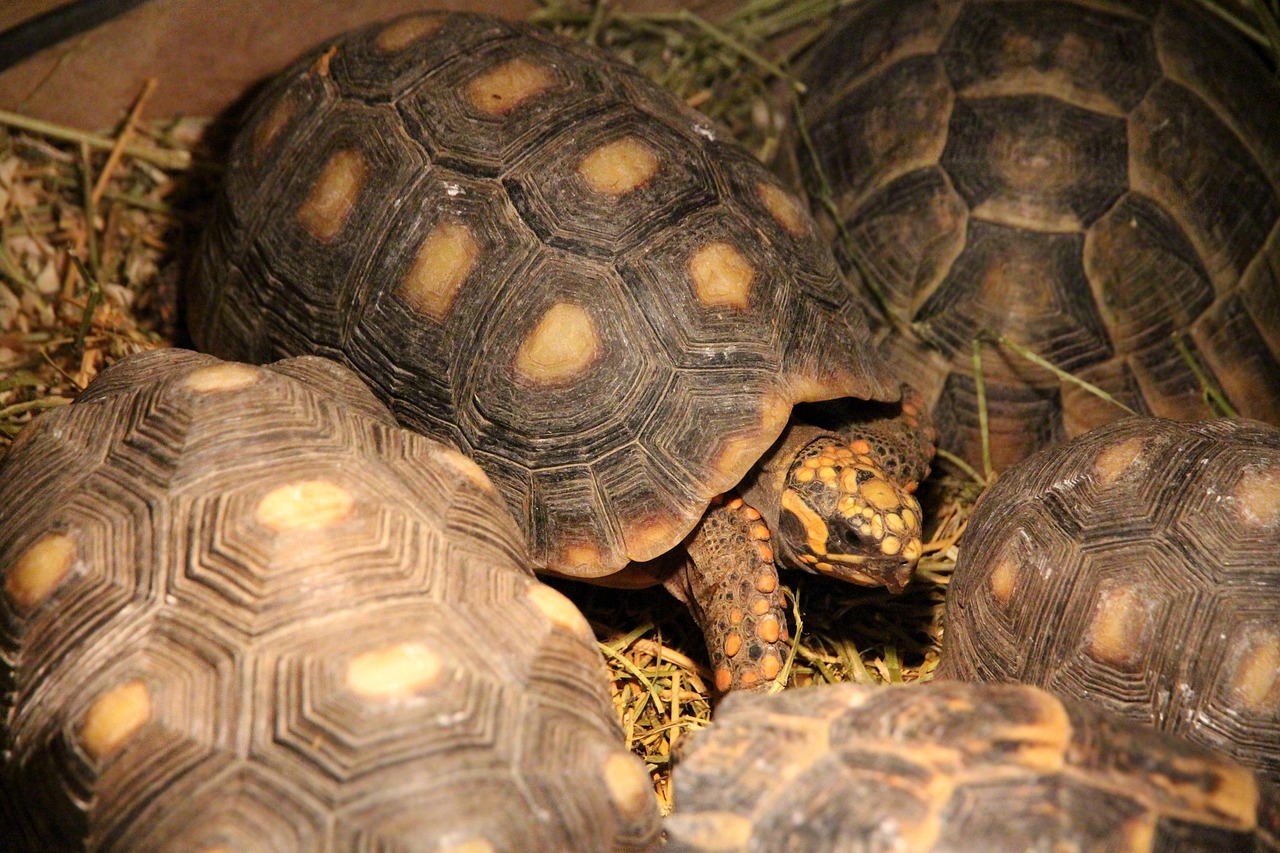
The Cherry Head red-footed tortoise is actually a localized variant of the standard red-footed tortoise, distinguished by the vibrant reddish coloration on its head and sometimes extending to its shell. This attractive coloration has made cherry heads particularly sought-after in the pet trade, though their care requirements remain identical to standard red-footed tortoises. Typically growing to 10-12 inches, these South American natives require enclosures that maintain 70-80% humidity along with temperature gradients that allow for proper thermoregulation. Cherry heads display the same intelligent, food-motivated behavior that makes red-footed tortoises such engaging pets, often approaching their keepers when they recognize them as food providers. Their omnivorous diet includes a variety of leafy greens, vegetables, limited fruits, and occasional protein sources, supporting their potential 50+ year lifespan when properly cared for.
Considerations Before Adopting a Tortoise

The decision to adopt a tortoise should never be made impulsively, as these animals represent a decades-long commitment that may extend beyond the owner’s lifetime. Prospective keepers must honestly assess their ability to provide appropriate housing, which often needs to be adjusted as the tortoise grows, potentially requiring both indoor and outdoor accommodations depending on local climate. The financial commitment extends beyond initial setup costs to include ongoing expenses for specialized lighting, heating, substrate, veterinary care from exotic animal specialists, and fresh food appropriate for each species.
Potential owners should also consider their long-term living situation, as moving with a tortoise can present significant challenges, especially with larger species that require elaborate outdoor enclosures. Finally, responsible ownership includes creating a care plan for the tortoise’s future, potentially involving family members or specialized rescues that can take over if the original owner can no longer provide care.
Tortoises represent a unique commitment in the pet world, offering companionship measured not in years but in decades. Each of the ten breeds explored in this article brings its own combination of personality, appearance, and care requirements to the table. From the manageable Russian tortoise to the imposing Sulcata, there’s a tortoise species suited to various living situations and owner experience levels. What they all share is their need for dedicated, knowledgeable care and a long-term commitment from their keepers. For those willing to make this investment of time, space, and resources, tortoises reward their owners with fascinating behaviors, distinctive personalities, and the rare opportunity to form a bond with an animal that may accompany them through multiple chapters of life. By choosing the species that best matches your living situation and experience level, you can enjoy the unique satisfaction of caring for one of nature’s most enduring creatures.

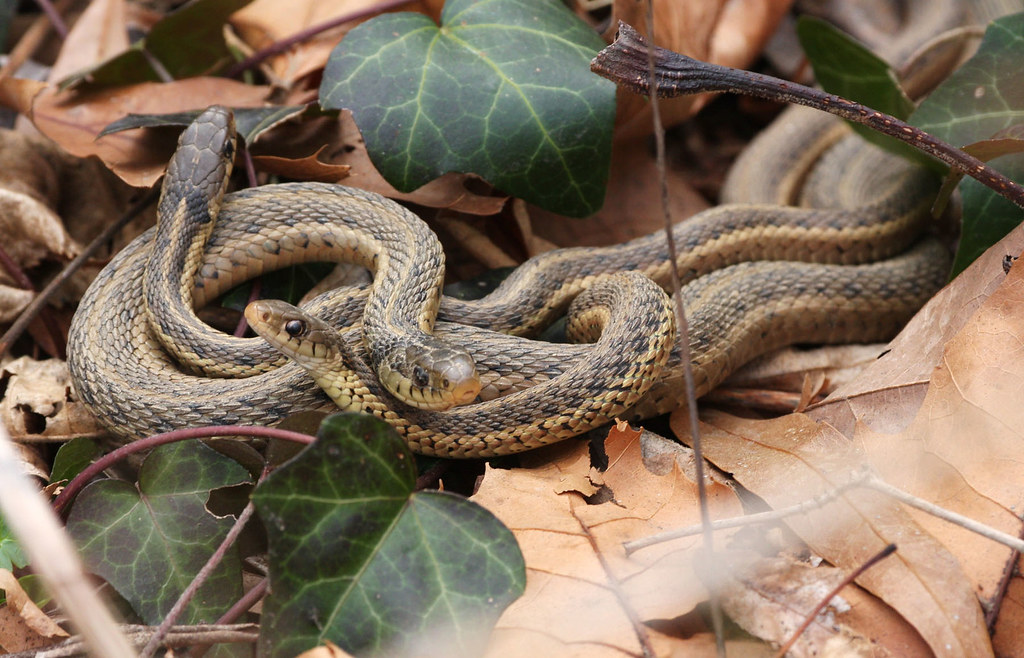
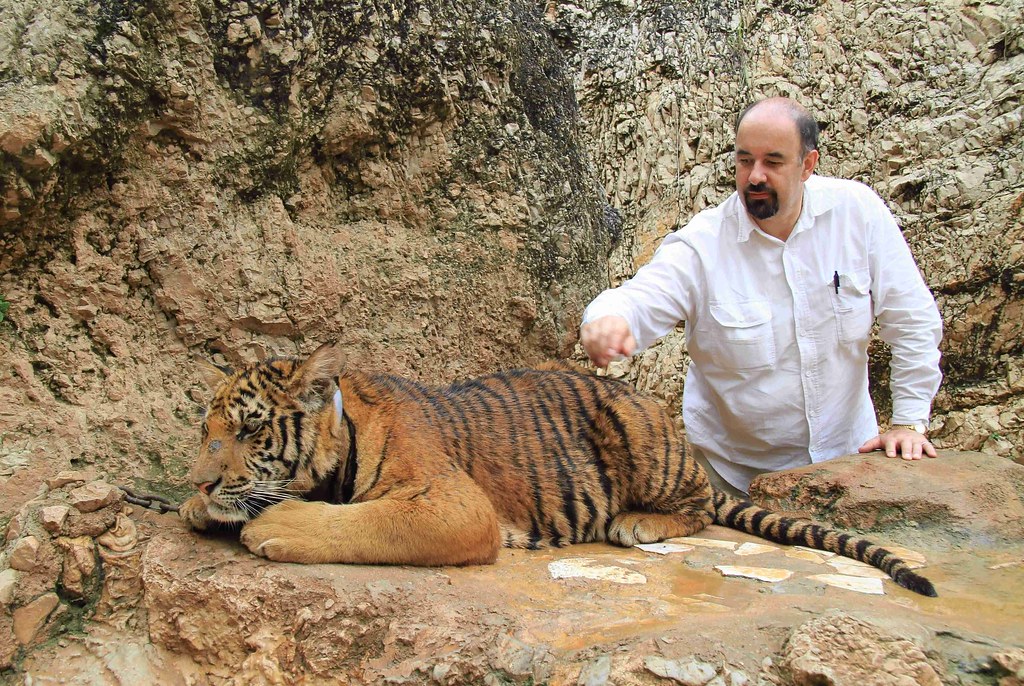
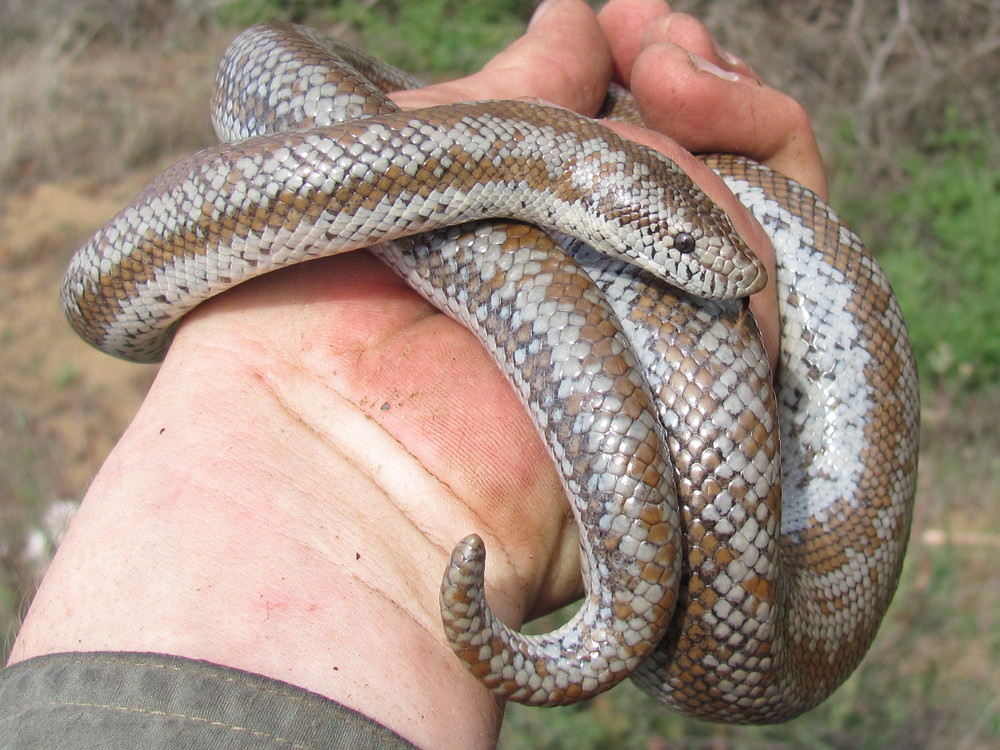
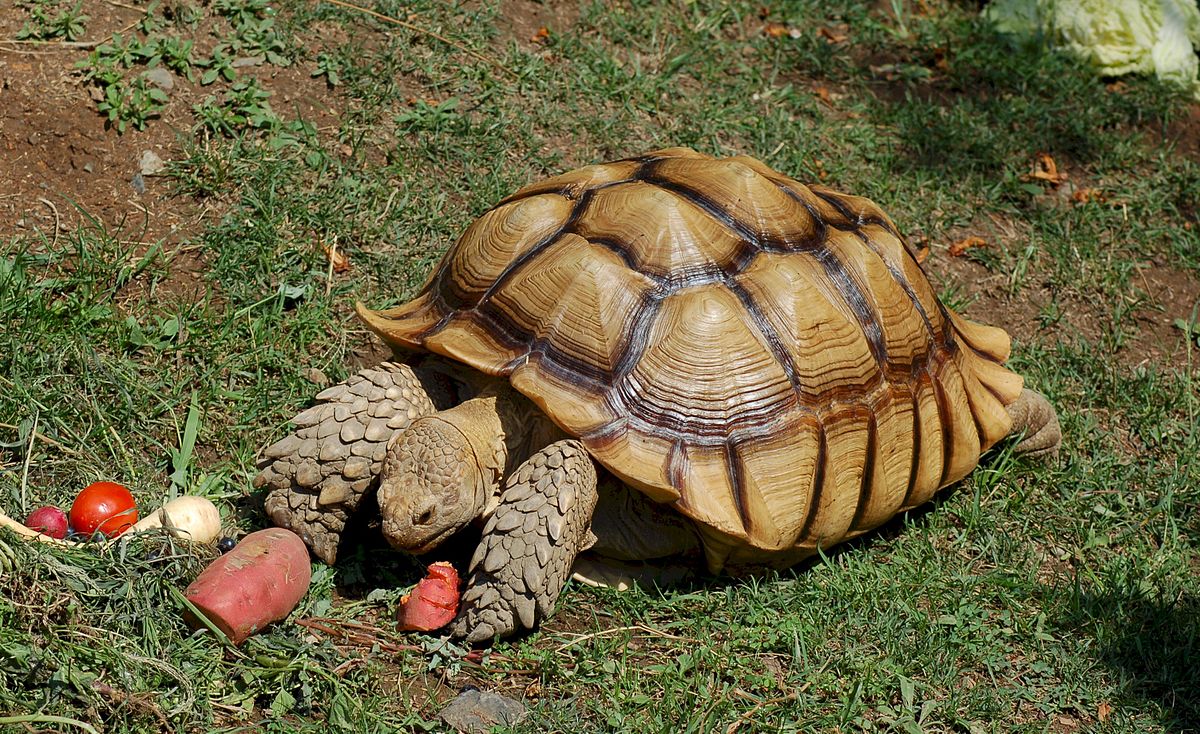
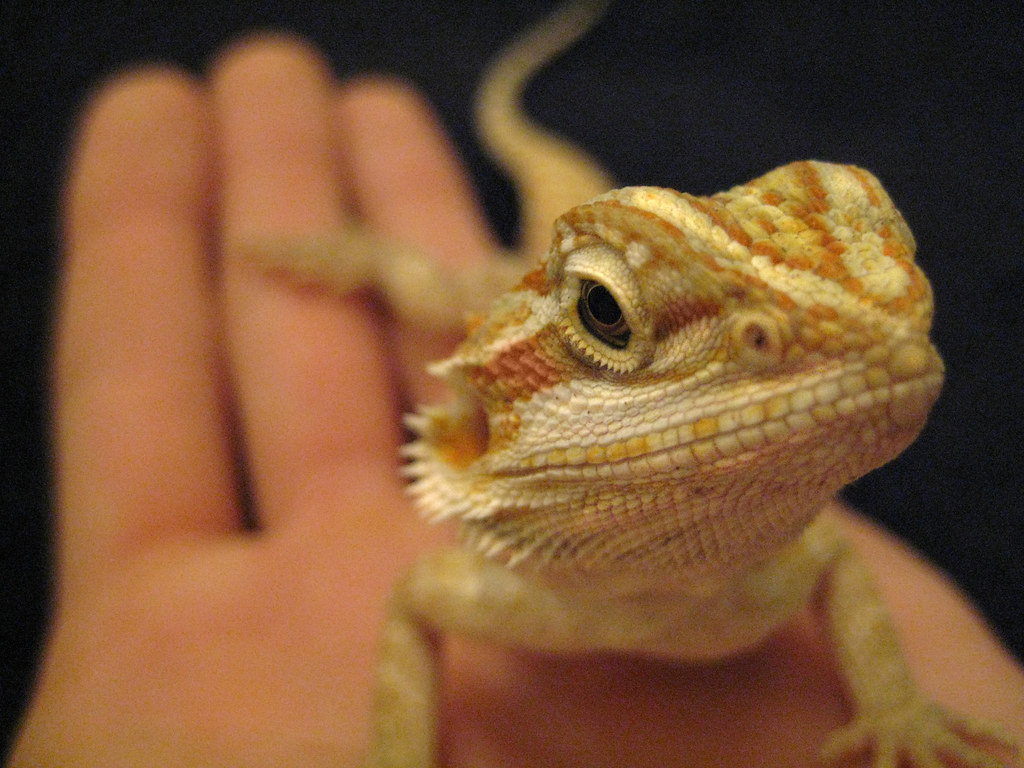
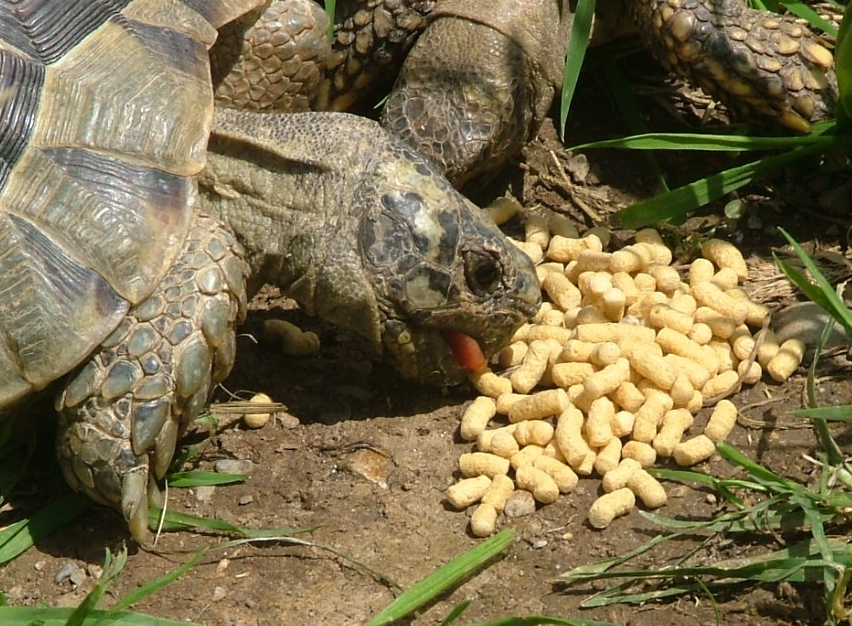


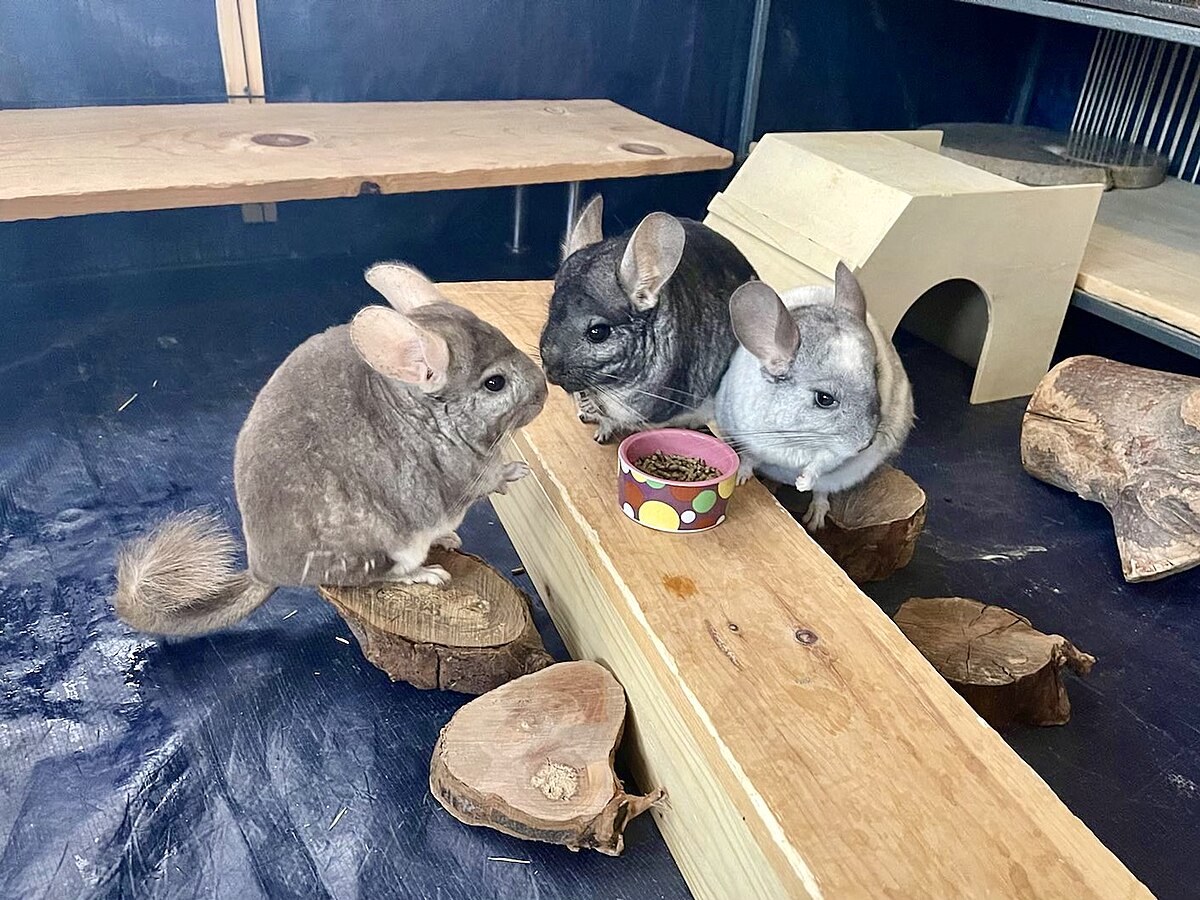

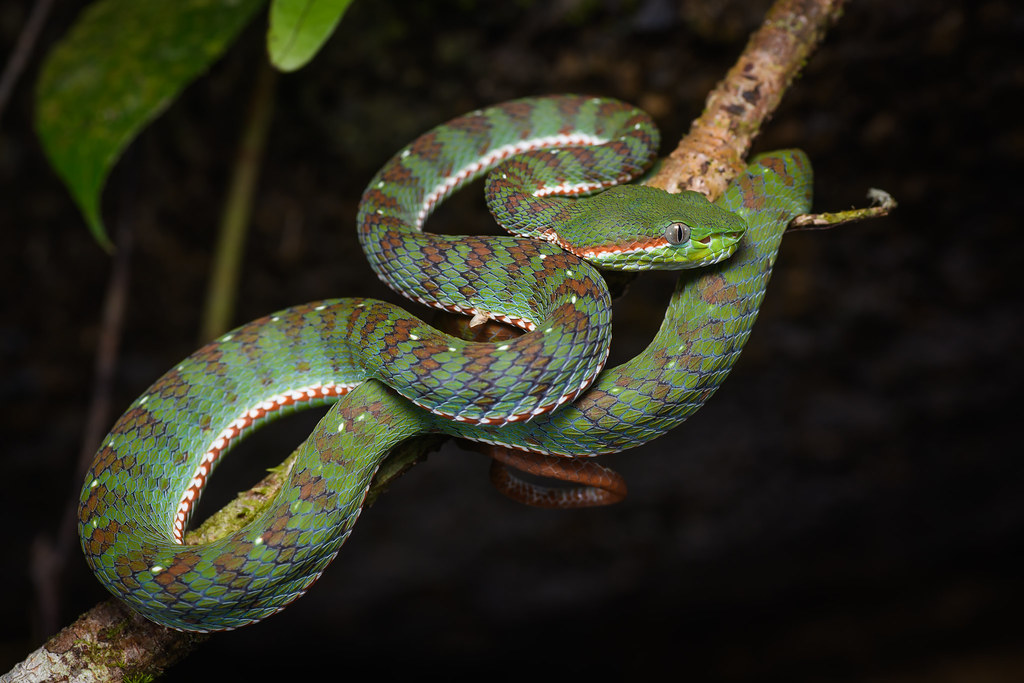
Leave a Reply